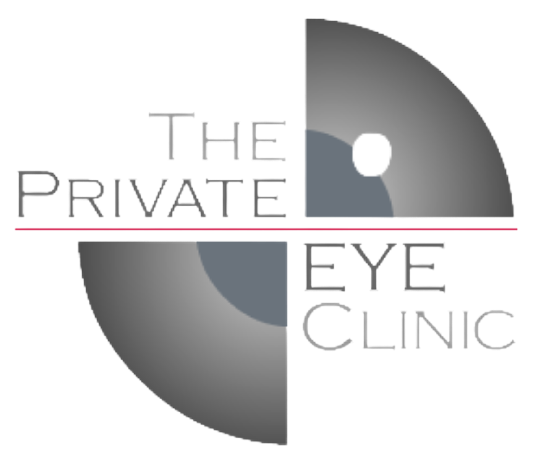
Occlusion Therapy
We use occlusion therapy to improve the vision in a "bad" (amblyopic) eye so that your child's "spare tyre" will have better vision forever. If injury or disease were to ever effect your child's good eye, it is good to know that the "spare tyre" is of the highest possible quality. There are other reasons as well eg. sometimes occlusion will straighten an eye, if occlusion has been effective then subsequent straightening surgery may be more likely to stay successful, etc.
Success of occlusion therapy is dependent on age at which treatment is begun, on severity of visual loss, on whether the amblyopia is mostly due to strabismus or mostly due to focusing asymmetry, and other factors. Under age of 7, 80% of treatments are successful. Over the age of 10, only about 25% of cases are successful.
The first treatment is an "Opticlude" patch put on the skin around the eye. There are two sizes of "Opticlude". If your child is under 3 years old buy the small one.
For mild amblyopia the patch is worn for two hours a day. One of those hours the child needs to do supervised near vision tasks such as connect the dots, colouring in, Game Boy, etc. For more severe amblyopia the patch should be worn for 50% of waking hours. The child should be reviewed at intervals no greater than one week per year of age.
In general children do not like this treatment. They do not understand the importance of improving the vision in their worse eye because they function quite well the way they are. When the good eye is occluded they don't function as well and that is why they don't like the patch.
In an older child, the first day of occlusion is usually not too bad because there is curiosity value in wearing the patch. Typically the second and third day the child resists most. After the third day it has become "normal" to some degree and the child usually cooperates better.
In the first day or two your child's balance and judgement may be poor. Be very careful when your child goes to ride a bicycle, play on play ground equipment, etc - be there the whole time. With a child who has very bad vision in the lazy eye (6/60 or worse), it may be best to plan to keep the child indoors for the first few days.
If Opticlude irritates your child's skin, an alternative patch is Ortopad which at the moment is only available from Device Technologies. It is more attractive than Opticlude. Please call 1800 804 006 to purchase.
Patchmate, a material patch slips around the arm of your chils's glasses. It can be purchased on the internet- www.patchmate.com.au
For mild amblyopia Atropine eye drops are about as effective as patching.
Usual Plan
Your child is reviewed after each "cycle" of treatment and occlusion is continued until it is shown that there is no further improvement. Once there is no further improvement we may use lesser techniques of occlusion to keep the result.
Remember, amblyopia treatment is like going on a diet. Sticking to the diet works, cheating doesn't, and the weight can come back when the treatment is stopped. The vision chart is like scales - it tells what has been going on since the last visit.
